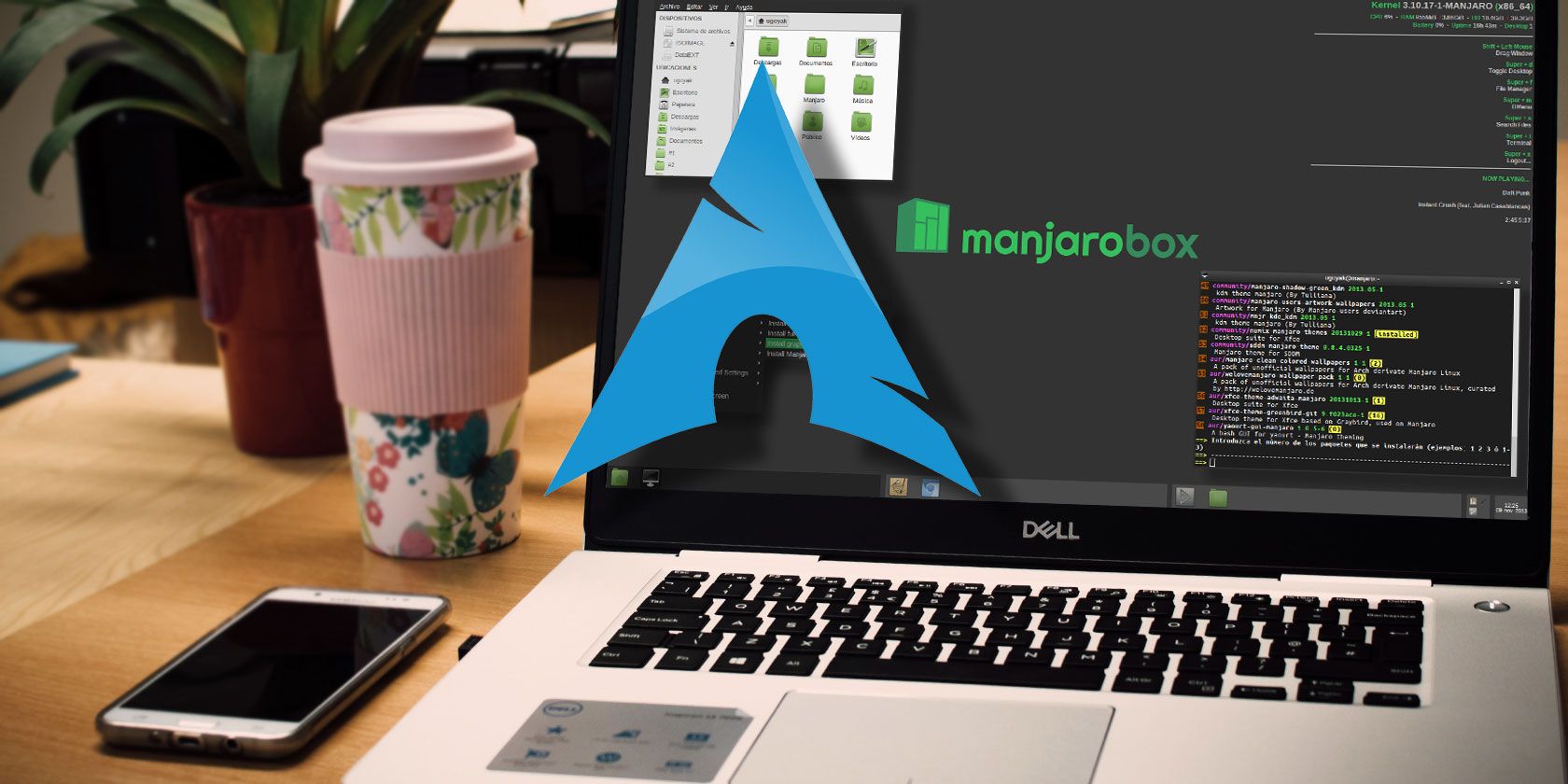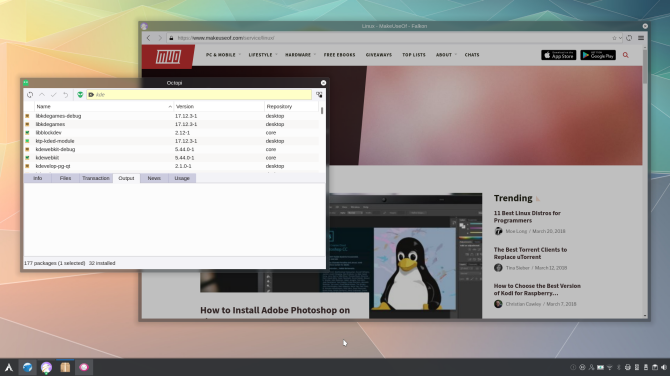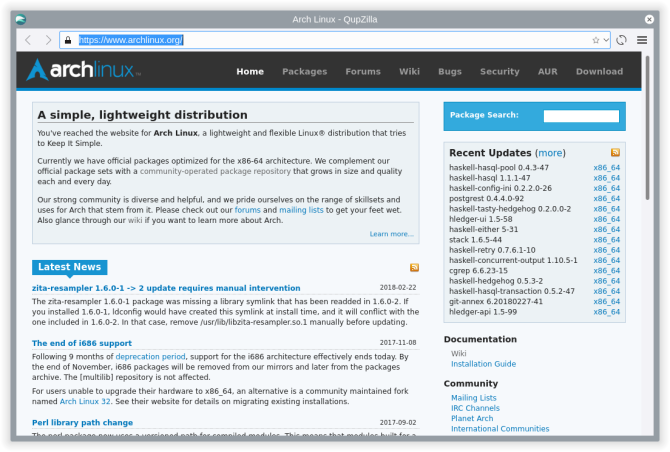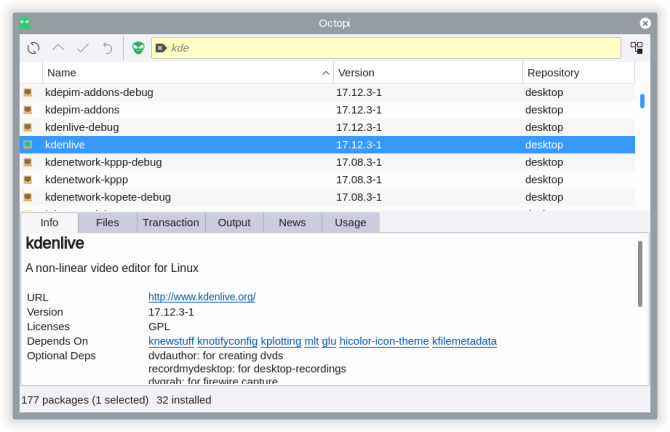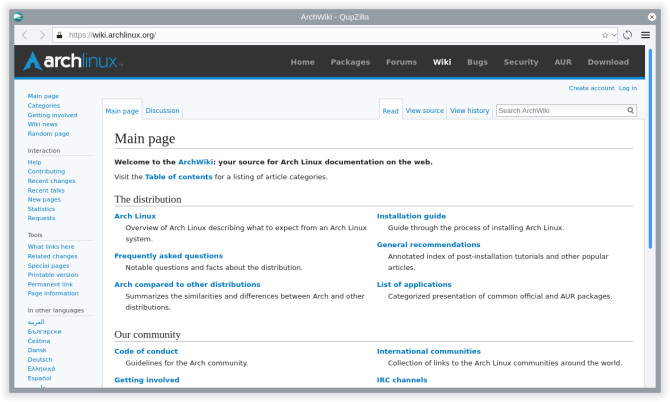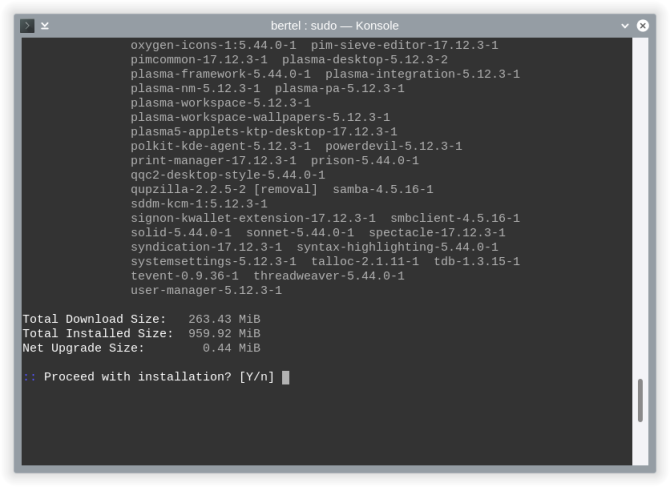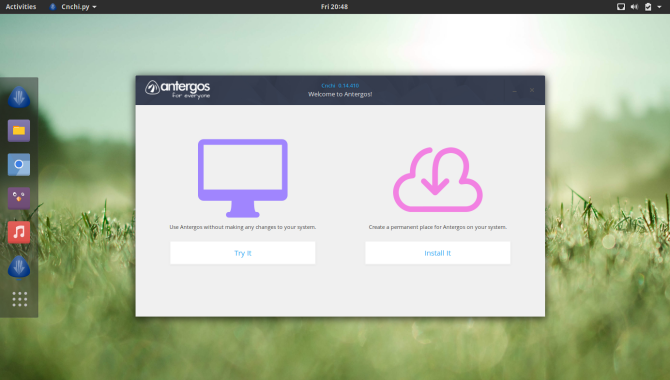Arch Linux is one of the most popular Linux operating systems (also known as distributions) around, as are the easier-to-install distros that are based on Arch, such as Manjaro.
Whether you're thinking of installing each component manually or downloading a pre-built desktop, here are ten reasons why you might use Arch Linux.
1. You Are Free to Build Your Own PC
Arch Linux is unique among the more popular Linux distributions. Ubuntu and Fedora, like Windows and macOS, come ready to go. In stark contrast, Arch Linux challenges you to build your PC's operating system yourself.
The installation process isn't as simple as clicking through installer windows. You will need to know numerous terminal commands, and you have to choose your own components. What desktop environment would you like? Do you need Wi-Fi? Which sound server? The process can take quite a while.
The amount of knowledge required makes Arch more difficult to install than most distros. You have to do a bit of reading, but if you can follow a guide, you can get things up and running. In the end, you're left with a system that does exactly what you want.
2. You Run Only What You Need
Since Arch lets you pick your own components (such as your desktop environment and your favorite apps), you aren't saddled with a bunch of software you don't expect.
In contrast, Ubuntu and most other Linux-based OSes not only come with a large number of desktop apps pre-installed, but they also load quite a few background services. While the number is small compared to how much runs in the background on Windows, you still won't notice it going on.
When it comes to Arch Linux vs. Ubuntu, Arch Linux wins on transparency. Not only are these services not running in Arch Linux by default, they're not even installed unless you want them. That means you aren't wasting resources on extra system processes. Plus you're saving internet bandwidth by not downloading updates to code that isn't necessary.
3. Arch Linux Is Unapologetically Technical
Many Linux distros present themselves as free and easy to use alternatives to Windows and macOS. They want to attract students, developers, and general users. As a result, they don't highlight many of the nuts and bolts that make the system work. They don't hide this information, necessarily, but you do have to know where to search and what to look for.
What is Arch Linux? A collection of programs that you can put together to make a functional computer. That's it. Want to know what specific packages are receiving updates or are having problems? Arch puts this information on the home page of its website. Each link you click only sends you deeper into technical information.
4. Wait Until You Try Pacman on Arch Linux
Pacman is what you use to install packages in Arch. It's what APT is to Ubuntu and DNF is to Fedora. Except, unlike those distros, Arch doesn't go out of its way to provide a graphical alternative to the command line.
One advantage of Pacman is that you don't have to do as much typing. The command to install a specific package is:
pacman -S package-name
Want to download the latest updates for your entire system? Type:
pacman -Syu
Which package manager you prefer is ultimately a matter of personal taste. But you might find that pacman is the one for you.
5. The Arch Linux User Repository Is the Bee's Knees
The Arch User Repository is a collection of software from community members that Arch doesn't yet provide itself. Instead of having to download an app's source files yourself and try to figure out how to get things working, AUR does the heavy lifting. There's a good chance that if there's a Linux program you want to run that's not in Arch's repos, it's in the AUR.
Using the AUR isn't immediately intuitive, but there are ways to make the experience simpler. A tool like Yaourt can help you out in the command line, while Octopi provides a graphical interface that does the background work for you.
6. The Arch Wiki Is the Best Around
Whether or not you use Arch Linux or an Arch-based alternative, there is plenty of reason to pay the Arch Wiki a visit. The site is a treasure trove of information.
Because Arch uses the same components as most other Linux distros, the guides and fixes contained on this site are relevant well outside of the Arch ecosystem. If you're not sure which software to install on your computer, check out the descriptions presented here. Follow the guides, read the recommendations, and take note of the bugs.
There may be some differences in the way your distro and Arch package things, but the wiki may still point you in the right direction.
7. Bye-Bye System Upgrades
Most Linux distros see a major release on a semi-regular basis. Some come out twice a year. Others take more time. Arch does away with this approach entirely. You install Arch once and download updates indefinitely without having to think about upgrading to a new version. The same is true of most Arch-based distros.
This is called a rolling release model, and it's a surefire way to keep up with the latest Linux software.
But this is also what some people consider Arch's downside. If you're not paying attention to the updates that are coming in, things could break. No one's testing the exact configuration of software running on your computer. You have to take responsibility for your own experience.
8. Arch Has Less Corporate Influence
Many people use Linux because they don't want a company determining what they can do on their computer. No matter which version of Linux you use, there will be less commercial influence on how your PC functions compared to Windows or macOS. But at the end of the day, distros like Ubuntu, Fedora, and openSUSE still have ties to a corporate sponsor.
If you use a distro based on Ubuntu, your desktop experience is still influenced by the decisions that Canonical makes. This is much less the case with Fedora and openSUSE. But if you want even more of a gap, you want a community-only distro like Arch.
9. Arch Makes for a Great Base
Don't want to go through the hassle of installing Arch Linux? Consider Manjaro. It offers a more straightforward installation process and choose a default experience for you. At the same time, you get perks that make Arch great such as access to the AUR and rolling release updates.
Some distros based on Arch keep the same KISS (Keep It Simple, Stupid), no-nonsense approach. Chakra Linux is my favorite way to experience the KDE Plasma desktop. It was originally based on Arch, and you still won't find much non-technical information in its documentation.
10. You Now Know Linux Inside and Out
By the time you finish installing Arch, you have a good idea of what goes into making a Linux distro tick. Even if you go with an alternative Arch-based distro, you still may have to pay more attention to the updates you download. This is the nature of using a rolling release distro.
Yet the knowledge you gain from installation and managing updates is useful even if you move on from Arch to something else.
When there's talk of transitioning from one initialization system to another, you know what's going on. You may find you now have strong opinions about display servers. And if things break, you have an idea precisely which software pages may be relevant.
Installing Arch is a great way to get a handle on Linux without having to take a single course.
Is Arch Linux Right for You?
That's for you to decide. These are some of Arch's many benefits. Why don't you take the distro or an easier Arch-based alternative for a spin and let us know what you think? If you find that Arch Linux still doesn't give you quite the degree of control you were looking for, you could always try Gentoo.

